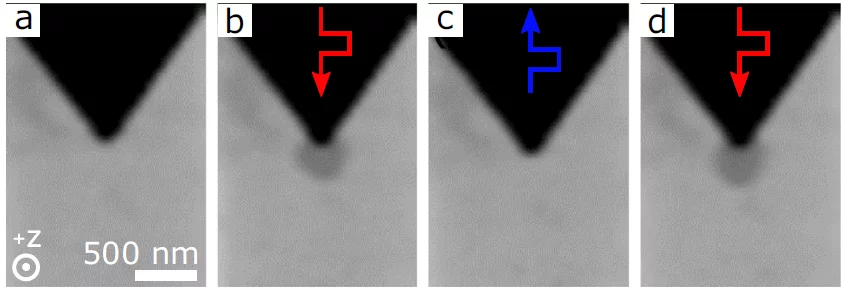Magnetic skyrmions have been the object of considerable interest in the last decade thanks to their numerous properties caused by their non-trivial topology. In particular, their resistance to unwanted annihilation, merging, and pinning makes them of interest for applications as nanoscale information carriers in novel non-volatile magnetic memory designs, such as the skyrmion racetrack memory. The first studies on magnetic skyrmions have been performed on ferromagnetic superlattices, engineered to ensure a combination of perpendicular magnetic anisotropy and the breaking of the inversion symmetry in the superlattice. However, skyrmions stabilized in ferromagnetic systems also exhibit some challenges hindering their applicability as encoders for digital information. In particular, stray fields limit both the minimum size of the magnetic skyrmions and their stability in absence of an external static magnetic field, and the skyrmion Hall effect, consequence of the non-trivial topology of the magnetic skyrmions, causes a lateral deflection of the skyrmion when it is displaced by an electrical current. Finally, the skyrmion motion velocities that can be achieved are limited to about 100 m/s, making them not competitive with other data processing technologies.
The issues described above can be overcome by stabilizing the magnetic skyrmions in (synthetic) antiferromagnetic systems, where the combination of two skyrmions with opposite topological charge gives all of the advantages of skyrmions, while removing unwanted stray fields, and annihilating the skyrmion Hall effect. Velocities of up to 1 km/s and antiferromagnetic skyrmions with sub-10nm diameters have both been demonstrated. Both are important demonstrations of the technological applicability of antiferromagnetic skyrmions, but another vital requirement for their implementation in devices is to demonstrate their stability at the remnant state, and the possibility to electrically nucleate isolated skyrmions. In this work, published in the journal Nature Communication, scientists from a worldwide collaboration led by the CEA in Grenoble have demonstrated, through X-ray magnetic microscopy imaging, that isolated antiferromagnetic skyrmions can be electrically nucleated “on-demand” in specifically engineered synthetic antiferromagnetic superlattices. Furthermore, the experimental data allowed for the development of an analytical model to determine which physical parameters control the stability and diameter of the nucleated skyrmions, enabling the possibility to engineer the synthetic antiferromagnetic superlattice based on the desired properties of the antiferromagnetic skyrmions. Finally, all-optical nucleation of antiferromagnetic skyrmions was demonstrated, opening a different pathway for controlling their behavior.
Contacts:
Dr. Olivier Boulle
CNRS, CEA, SPINTEC
University of Grenoble Alpes
E-mail: olivier.boulle@cea.fr
Dr. Jörg Raabe
Swiss Light Source
Paul Scherrer Institut
Telephone: +41 56 310 5193
E-mail: joerg.raabe@psi.ch
Original Publication:
Skyrmions in synthetic antiferromagnets and their nucleation via electrical current and ultra-fast laser illumination
Romeo Juge, et al.
Nature Communications 13, 4807 (2022)
DOI: 10.1038/s41467-022-32525-4
